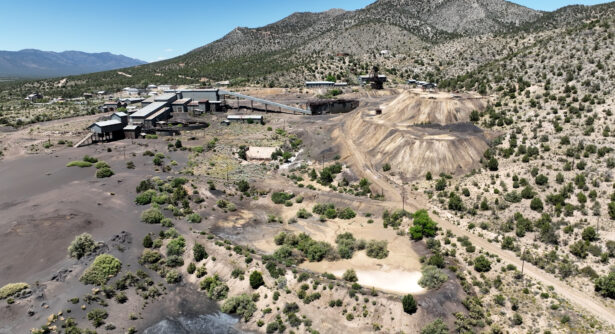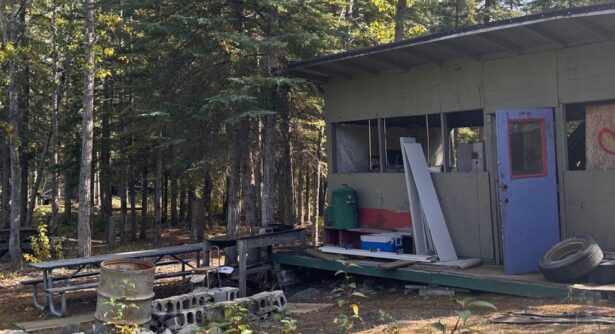
BF2019 Look Ahead: Brownfields Policy Breakdown
You can learn more about federal policy and the National Brownfields Coalition at Brownfields 2019 this December in Los Angeles. Join our panel “Brownfields Policy Breakdown” on Friday, December 13 at 11:45am for a dive into what’s happening in D.C., how it affects brownfield redevelopment, and what the Coalition is doing about it.
What you don’t know about federal policy and brownfield redevelopment can hurt you.
“Brownfields are a historically bi-partisan issue, but that doesn’t mean that funding is guaranteed, whether for EPA or other federal programs that support transportation, redevelopment incentives, and infrastructure. Every brownfielder needs to know something about how policy is made.”
– Christopher Coes, VP of Land Use and Development, Smart Growth America and panel speaker
You’ve likely heard that EPA’s Brownfields Program is so oversubscribed that the Agency can award only about one-third of grant applications each year. That is a direct consequence of the reality that that Congress spends less than half the legally authorized amount on the Brownfields Program. For anyone who has ever poured hours into a brownfields grant application only to come up short, this is for you. For anyone who has ever been awarded a brownfields grant, this is also for you.
Did you know that the 2017 BUILD Act (the law that reauthorized the Brownfields Program and brought new changes to grants) authorizes Congress to spend up to $200 million per year on brownfields grants, and $50 million on state and tribal 128a funding?
Did you know that in FY2019, Congress appropriated (spent) $87 million on brownfields grants, and about $47.5 million for 128a funding?
Did you know that for FY2020 (the budget for which is currently making its way through Congress), the House has appropriated $105 million for grants, an increase of $18 million?
The last time we saw the House recommend an increase, the Senate failed to meet it. That is the difference that advocacy makes, and that is where knowledge of federal policy and the policy process, as well as the National Brownfields Coalition, become critically important.
You are a critical part of the feedback loop
“With the approval of the BUILD Act in 2018, we’ve entered a new phase for brownfields redevelopment and we need to understand how this law is delivering, and what other tools are needed to speed the revitalization of these properties. Brownfield practitioners are central to shaping that conversation and educating legislators about the needs in the field.”
-Judy Sheahan, Assistant Executive Director for the Environment, U.S. Conference of Mayors and panel speaker
If you are or have ever been an EPA Brownfields Program grantee, you know that federal funding can’t be used to support advocacy. That does not mean that such funding can’t be used to support education about public policy. Indeed, that kind of education can make your project more successful.
Familiarity with public policy makes us all better redevelopment practitioners. By understanding policy, we can understand how brownfield redevelopment connects with other federal programs. That means more funding, more leverage, and opportunities to address multiple local priorities through brownfield redevelopment (think infrastructure, water, and transit-oriented development, for example). As every practitioner knows, most projects never have all the resources they need, so linking across federal programs and priorities is essential to building a project financial stack.
It’s important not only to know how to use federal funds and programs, but to know where those funds and programs come from, and how they are developed. It’s also important to understand what pressures they face, from which quarters, and why. As local brownfield redevelopment practitioners, we are more than mere recipients of federal funding and programs: our expertise and experience completes a critical feedback loop that makes these programs more effective. In multiple presentations, I’ve heard EPA officials express a desire to hear how the 2017 BUILD Act is playing out on the ground. Is it meeting its intended purpose? How are the new grant provisions meeting local goals? What would be necessary to make it more effective?
Get up to speed: join the Brownfields Policy Breakdown, and learn about the National Brownfields Coalition
Advocacy is not a federally fundable activity, but that does not mean it is forbidden. Conducted appropriately with no federal support and in accordance with local and state rules, advocacy is how brownfielders work within our democratic system to make federal programs more responsive to local needs. There is a saying that if you’re not at the table, you’re on the plate, and while brownfield redevelopment is that rare issue that has always enjoyed bi-partisan support, we need more than kudos from members of Congress to guarantee more and better resources for brownfield redevelopment. We need champions, both local and federal. How to get there? Enter the National Brownfields Coalition.
Managed by Smart Growth America with support from the Center for Creative Land Recycling, the National Brownfields Coalition is a multi-sector, multi-disciplinary group of land reuse practitioners whose focus is on developing and promoting sound public policy and additional funding to address the environmental cleanup and redevelopment of vacant, underutilized and contaminated land. The Coalition organizes regular meetings and events, facilitates technical assistance and peer exchange, and shares best practices and case studies, all with the goal of ensuring that public policy and funding support the protection of human and environmental health in urban, rural and tribal communities around the United States.
The National Brownfields Coalition is organizing the second National Brownfields Leadership Summit in Washington, D.C. on April 1-2, 2020. The Summit will provide a mix of technical assistance programming that offers brownfield practitioners opportunities to interact directly with federal officials from a variety of agencies relevant to redevelopment work, as well as a Day on Capitol Hill to take our message to legislators.





